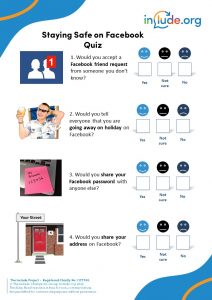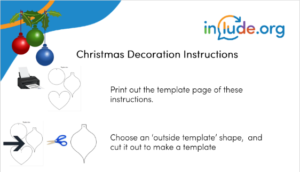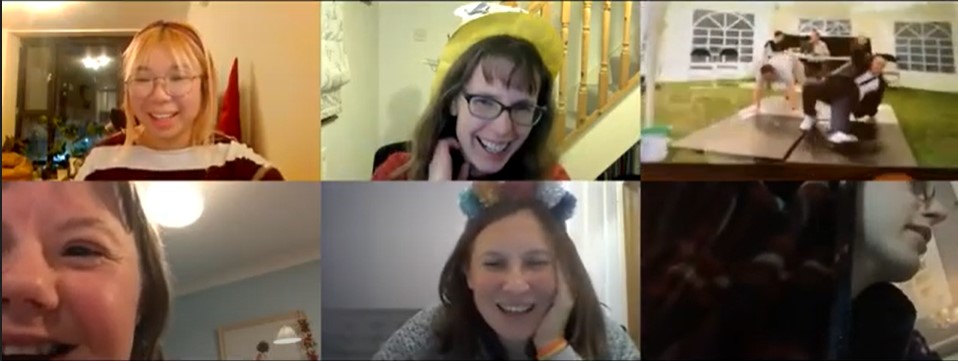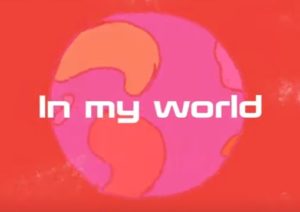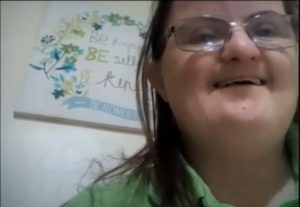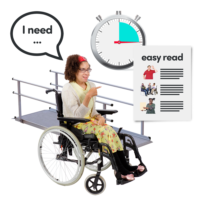At about the same time shops started selling Christmas items, Claudia joined the Include staff team.
Here she introduces herself and our free Easy Read Christmas Quiz.
“I’ve joined Include as a Speech Therapy Assistant.

Having Attention deficit and Hyperactivity disorder (ADHD), means that my brain is wired differently from what is considered normal. In other words, I am neurodivergent just like most Include members. I only found out I had ADHD at the end of my Master’s degree in speech and language therapy, when multiple social barriers made life very difficult.
The challenges of being a highly functional young neurodivergent adult, made me realise that much needs to be done to implement the social model of disability in our society. In other words, much needs to be done for society to start seeing that impairments are most often caused by social barriers. With this in mind, I knew I had to somehow be part of Include when I saw their new speech therapist job opportunity. So, I applied even though I only fully qualify as a speech therapist next January and I live 90 miles away.
Joining Include

From day one, I felt welcomed and comfortable enough to share my neurodivergence with senior members of staff. Not only I felt incredibly supported, but also felt that my neurodivergence was seen as a strength.
It is really amazing to find organisations such as include! Indeed, seeing difference as a valuable asset is at the core of the organisation culture and this was clear from the day I interviewed for the job. To my great surprise, an include member who has a learning disability, was part of the interview panel. If our society was as inclusive as Include, experiencing this would not have been a surprise for me. Nevertheless, I was thrilled to see small changes towards a more inclusive world and certain that I had made the right decision by applying to Include!
Working with The Champions Group on the Christmas Quiz

The Include Champions Group sessions do more than just collaboratively produce content with people that have communication difficulties. From the first session, I felt a sense of union and friendship between all members of the group. Just like when friends meet, these sessions start with members spontaneously sharing how their week was and things they are looking forward to.
You will find the free audio format when you click here: SoundCloud

Alongside the collaborative work, group members also discuss various topics of their interest. This was no different at the last champions group session, where we jointly worked on the Christmas quiz.
Within this session we not only worked on the quiz but discussed different Christmas traditions.
Having in mind that I am Portuguese and Christmas traditions are quite different from England, this was such an interesting conversation!

I was very surprised to learn that traditionally some people in England set their Christmas pudding on fire and the champions were surprised to learn most Portuguese people eat salted cod with their Christmas dinner.
I suppose what made this conversation intriguing was that our differing perspectives on what constitutes a “traditional” Christmas were acknowledged as part of our world’s diversity. To put it simply, Christmas traditions are just forms of Christmas celebrations. Just like gestures, signs and body language are just forms of communication. If all forms of communication are equally embraced, people with communication difficulties have fewer barriers and fewer difficulties. This is what the social model of disability theorises and what Include.org believes!
If you are reading this blog, you are probably already contributing to this. Include is here to help if not!
We wish you all a merry Christmas and a more inclusive happy new year too.”


Communications, Fundraising and Partnerships Lead














